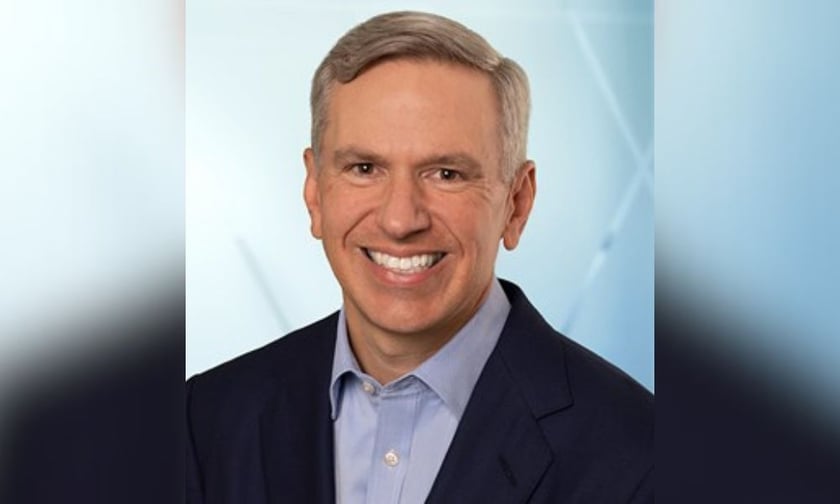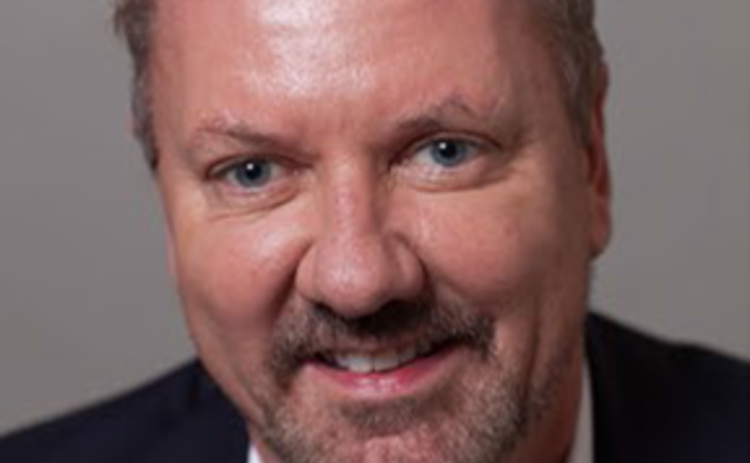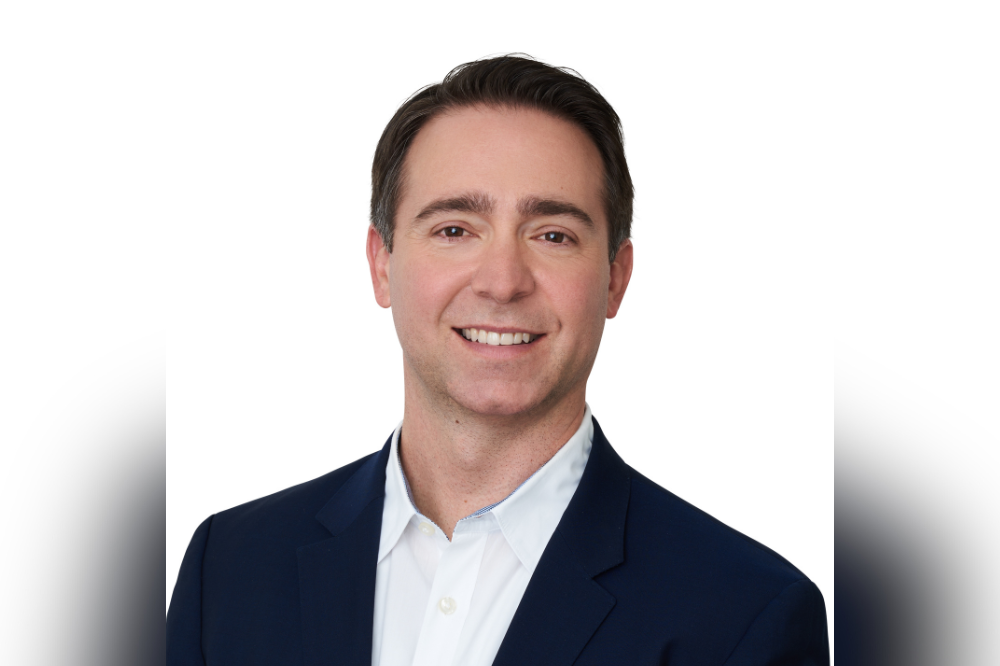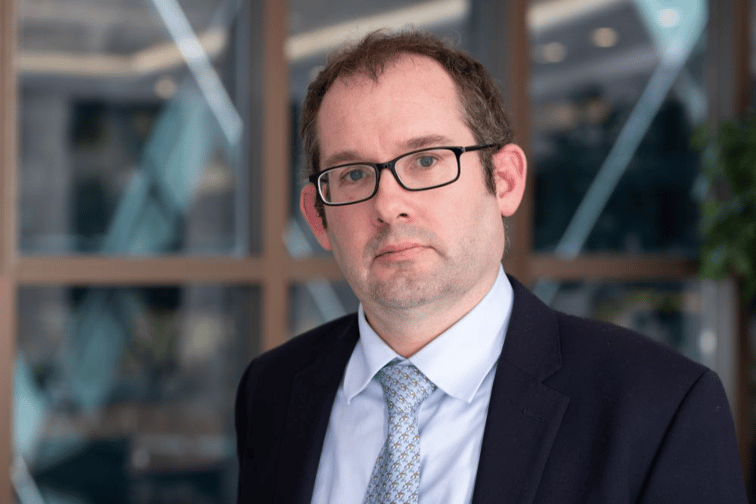
Segment saw an escalation on two fronts

A new report has noted an escalation in both cyber claims frequency and severity for businesses across all revenue brackets in the first half of the year, with companies whose earnings exceed US$100 million witnessing the most substantial rise (20%) in claims and encountering greater losses due to attacks — a 72% spike in claims severity from the latter half of 2022.
In its 2023 Cyber Claims Report: Mid-year Update, active insurance provider Coalition presented an analysis of cyber trends in the first half of 2023. Faced with a surge in cyber assaults, Coalition’s claims data exhibited a 12% upsurge in cyber claims during the first six months of the year, primarily propelled by notable spikes in ransomware and funds transfer fraud (FTF).
Additionally, Coalition’s report highlighted a surge in ransomware claims frequency in 1H 2023, up by 27% compared to 2H 2022. The severity of claims also hit a record high, witnessing a 61% increase from the previous half and a staggering 117% surge over the past year. Furthermore, cybercriminals amplified their ransom demands, with the average ransom standing at US$1.62 million — a 47% escalation over the previous six months and a 74% upswing over the last year.
Through the company’s active cyber insurance, Coalition also touted achieving the recovery of US$23 million in stolen funds — all of which was returned directly to policyholders. Notably, Coalition’s total FTF recovery amount was nearly three times greater than that of 2H 2022, averaging US$612,000 per FTF claim and covering 79% of all FTF losses in recoverable instances.
Other key findings for the cyber market
Additional pivotal findings from the report included a 15% rise in FTF claims frequency in 1H 2023, accompanied by a 39% escalation in FTF severity, resulting in an average loss exceeding US$297,000. Moreover, during this period, Coalition successfully negotiated ransomware payments down to an average of 44% of the initial amount demanded.
The report also highlighted businesses utilising Google Workspace for email as these firms demonstrated a higher level of security compared to those employing Microsoft Office 365 (M365) and on-premises Microsoft Exchange. M365 users were over twice as likely to experience a claim in contrast to Google Workspace users, while on-premises Microsoft Exchange users were nearly three times more likely to face a claim than businesses using Google Workspace.
Overall, companies leveraging Google Workspace experienced a 25% reduction in risk for FTF or BEC claims and a 10% reduction in risk for ransomware claims.
“The cyber threat landscape has become more volatile, and, as a result, we’ve seen claims become more severe and more common than ever. To help prevent these costly and disruptive incidents, organisations need to take an active role in improving their security defences and make risk management a top priority,” Coalition incident response head Chris Hendricks said.
What are your thoughts on this story? Please feel free to share your comments below.
Related Stories
Keep up with the latest news and events
Join our mailing list, it’s free!

This page requires JavaScript


















